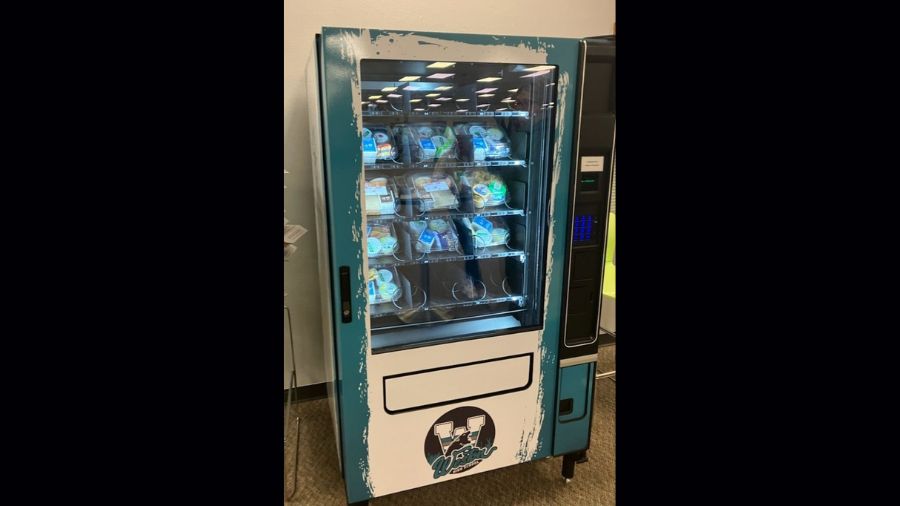Next Legislative session could see changes to unemployment law
Dec 10, 2020, 11:39 AM
The requirement to show you’re looking for work while applying for unemployment won’t come back until at least the end of January, and even later if the governor extends the suspension again — but when it does eventually return, it could be a lot more flexible.
Normally, to receive unemployment, you must document three job search activities per week. This requirement has been suspended during the pandemic because of the toll that COVID-19 has taken on the available jobs in Washington state.
It’s unknown when exactly the job search requirement will be brought back. Washington could choose to instate a trigger to restart them — a particular date or phase-in period — or could let the governor’s suspension expire naturally.
In the meantime, Employment Security Department (ESD) staff are currently working with stakeholders on rewriting the law to make it less narrow. The plan is to have the new language proposed in the Legislature during the upcoming session, so that legislators can change the law’s wording.
WA unemployment applicants could soon have to show proof of job searches again
“That law is prescriptive and does not give us the flexibility to adjust work search requirements to accommodate urgent challenges like we face today, or local conditions,” said Joy Adams, quality assurance manager for the ESD, at a meeting of the Unemployment Insurance Advisory Committee this week.
RCW 50.20.240 requires “contacts with at least three employers per week or documented in-person job search activities at the local reemployment center at least three times per week” to receive unemployment.
The law as it stands now does not give the ESD the ability to modify this requirement during unusual economic times, such as natural disasters. It was the governor, with the Legislature’s approval — not the ESD — who implemented and extended the suspension on the work search requirement during the COVID-19 pandemic.
Adams said they would like to add “or as otherwise directed by the department” to the law’s wording in order to ensure the department is always allowed to step in and amend the requirements as befits the situation. She pointed out that during disasters affecting the economy, like the pandemic, there are fewer job openings available for applicants, making the work search requirement a challenge for unemployment recipients.
“If the statute were less prescriptive, along with more flexibly responding to emergencies, we could innovate to match effective reemployment plans with job seekers’ needs, and match requirements with available capacity in the state,” Adams said.
This could also be applied on a region-by-region basis. As an example, said ESD’s employment system policy director Dan Zeitlin, if there was a wildfire “in one part of the state and there were no jobs there to be had,” the requirement could be reduced to two job searches per week, or even removed altogether in only the impacted counties.
“[The new law] could define economic circumstances in which we would be able to turn it off, … or account for variations in regions,” Zeitlin said.
The ESD is also broadening the definition of a work search activity to apply to job-training activities, including those that can be done virtually. This way, people wouldn’t be hemmed into a narrow box of job search options during emergencies.
A list on the ESD’s website of job search activities includes actions such as preparing an elevator pitch (and providing evidence of it), creating an account on a job-searching website like LinkedIn (with a link or screenshot), and watching a YouTube video about how to nail a job interview (with a link).
The discussion got the stamp of approval from ESD Commissioner Suzi LeVine.
“The legislative change that’s being proposed here really provides us with a way to be more responsive in case of emergency,” LeVine said.
A report on the newly flexible law would be given to the Legislature in November 2022.














